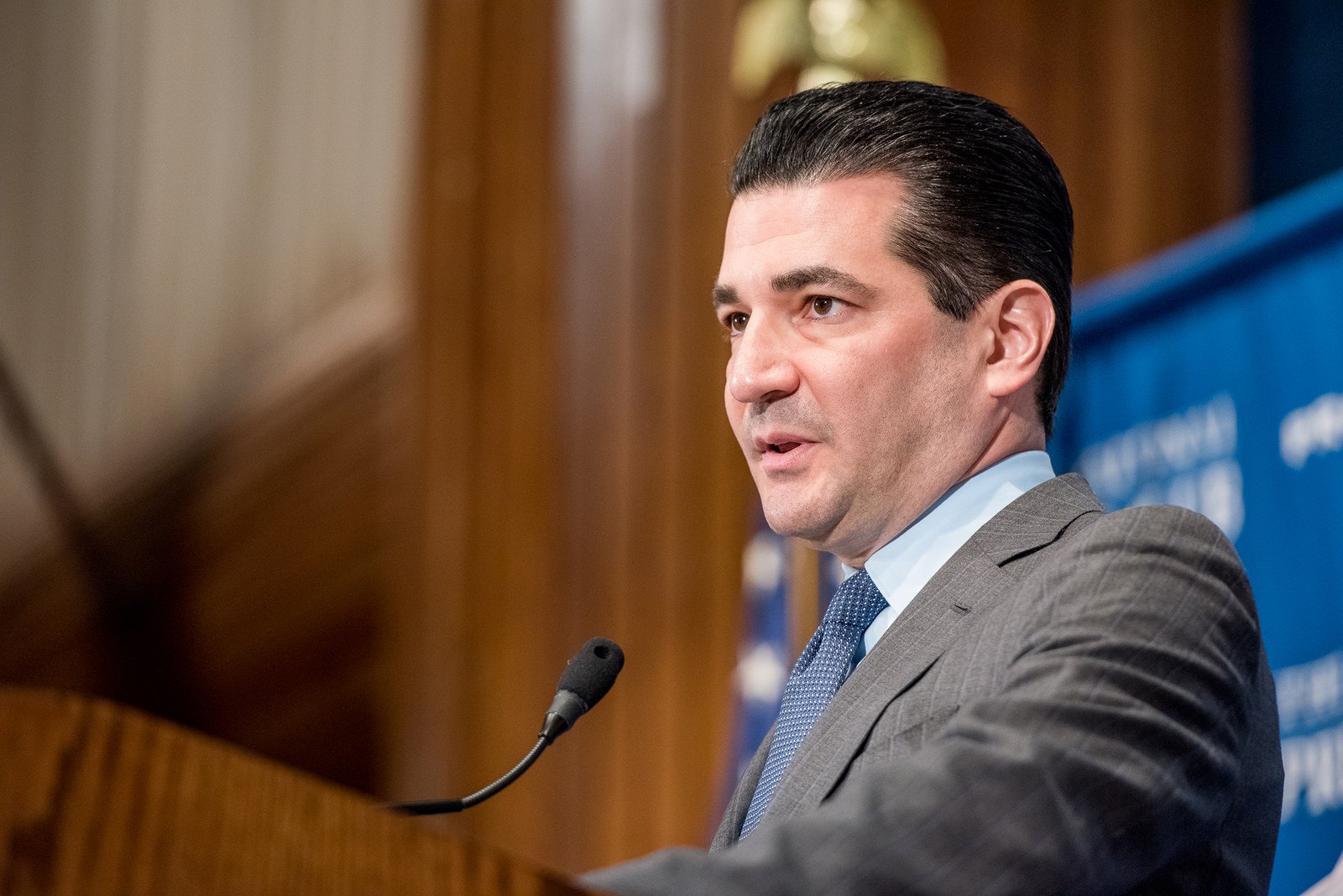
FDA inspections of generic drug plants are on the rise and should continue to increase through 2019, Commissioner Scott Gottlieb said this week in a series of tweets.
But the game has changed, Gottlieb pointed out, with the number of pre-approval inspections growing more than surveillance inspections, in part to approve more generics in an effort to lower drug prices. This move to “risk-based” inspections, which predates Gottlieb, is expected to be more effective in a growing global manufacturing industry the FDA must oversee with limited resources.
“New launches and existing drugs are typically made in same plants. When we go in and inspect facility for a new launch we get a look at the entire facility and their systems, which can address systemic issues associated with other products made at the site,” Gottlieb said in a tweet Tuesday.
And for anyone trying to parse a distinction between “surveillance” inspections of existing product lines, and inspections for new products launching for the first time, there’s a key fact: new drugs and drugs on market are often made at same sites…..
— Scott Gottlieb, M.D. (@SGottliebFDA) January 29, 2019
Gottlieb pointed to the FDA’s 2017 GDUFA Performance Report (PDF) for the year ended Sept. 30, 2017, its most recent, which shows total inspections of generic manufacturing plants were up nearly 20% that year to 714 from 578 the year before. He said that the agency is now making a concerted effort to inspect every generic facility, which is expected to allow for “a very sophisticated risk-based model to target future inspections; making our inspectional work more focused, more efficient, and more effective.”
But a yearlong investigation by Bloomberg found that inspections in China last year were down by more than 10% even as the FDA was in the midst of dealing with the fallout from the discovery of a probable carcinogen in the API produced by Chinese drugmaker Zhejiang Huahai Pharmaceutical. That report says a 2017 inspection of the Huahai plant found issues with drug quality tests at the plant. Bloomberg found that whereas some FDA officials wanted to issue the plant a warning letter, they were overridden by higher-ups who wanted to allow the company to a chance to fix its own problems.
A year later, the FDA learned that process changes four years earlier in how the valsartan API was made, including reusing solvents, led to the formation of of the impurity. Products from that Huahai plant were banned, and a warning letter has since followed. Since then, the FDA has determined that other companies that made similar process changes for the production of valsartan, such as Mylan, also had the contaminants in their APIs.
While the FDA says the cancer-causing risk from the impurity is small, the discovery of the contaminant resulted in a massive recall of valsartan, losartan and irbesartan. In turn, that is leading to shortages, leaving patients to choose between taking blood pressure drugs that may cause cancer or facing the risk of going off their drugs. The FDA has recommended they stay on the drugs until their doctors can figure out an alternative treatment.
In his Twitter feed Tuesday, Gottlieb said it’s unlikely that the subtle problems causing these impurities could have been discovered on a routine FDA good manufacturing practice inspection. Since learning of the problem, the FDA has developed an assay for the impurities, and testing for it will become a standard part of future oversight.
The key to detecting these kinds of impurities, Gottlieb said, requires investing “heavily in building a large cadre of organic chemists and other experts,” something he said the FDA has done. But he also pointed out that the global manufacturing system leading from API to Americans’ medicine cabinets has gotten extremely complex, requiring even more vigilance.
“Globalization of drug manufacturing adds new complexities to the U.S. supply chain. API may be manufactured in one country, shipped to another country for final manufacturing that incorporates ingredients from a third country. The finished product is then imported to the U.S.,” Gottlieb tweeted.
